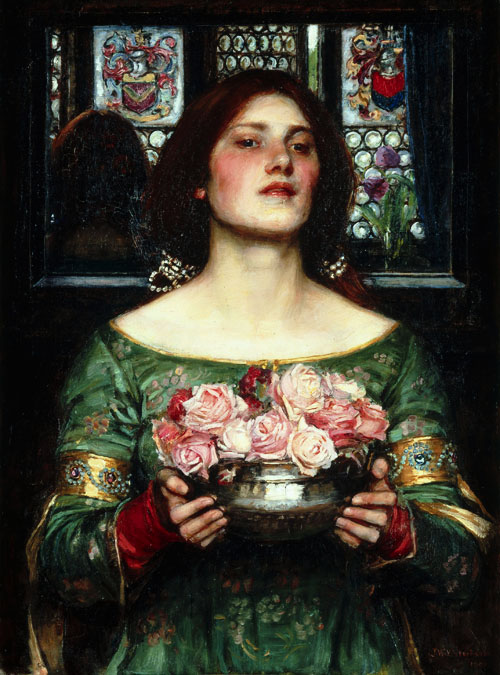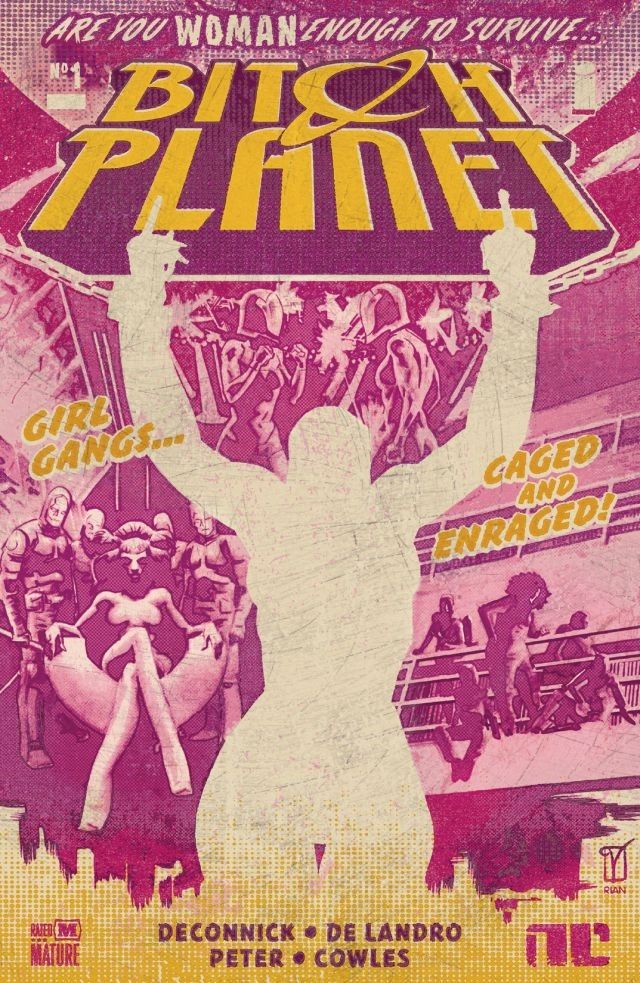I’ll give it to you straight: “Man of Steel” fails the Bechdel Test. Hard. There’s a lot of missed potential. Here’s a spoiler-free, feminist perspective on the movie.
Lois Lane – This version of Lois (Amy Adams) has potential. There aren’t too many character details that need to be changed to update the character. Her profession is still relevant; her personality is still independent and irrepressible. This movie confirms these facts before Lois encounters Clark (Henry Cavill). In the beginning of the movie, we learn that Lois served as an embedded journalist in a military situation. Sounds kick ass, right? Well, after it’s mentioned, this fact is forgotten.
Lois Lane’s Role In Plot – Aside from serving as Superman’s love interest, Lois helps Clark discover his identity and purpose. In this specific way, it’s nearly identical to the role of Jane Foster (Natalie Portman) in “Thor.” Beyond that, Lois does learn information key to the success of Superman and his human allies. However, instead of acting completely with this information in vintage Lois fashion, she just passes the info on to a (male) character, who then completes the task.
Once she uses her reporter skills to understand (extremely early in the movie) that Clark Kent isn’t a typical guy, she serves only as a love interest and a vessel for information. Her role becomes very passive as the movie progresses. As Superman’s quest for identity and monumental decisions take on more importance, Lois becomes a background character – yet her romantic interest in him grows.
While we do see Lois working as a journalist at various points in the movie, her accolades and experiences are not mentioned after the main action sequences.
And So She’s Damseled – Yes, even I wanted to see Superman rescue Lois as she’s falling in the sky. I was glad to see it once. But several times? It’s overkill. I actually feel like she was only falling from buildings and planes to remind us that she was still present, because the script gave her nothing else to do and no other way to again catch the attention of that handsome guy in the red cape.
The Relationship – My husband didn’t like the progress of the romantic interactions between Lois and Clark and we had a debate about it. In this movie, Lois is actually present for some of Clark’s journey in discovering his identity. I felt that this strengthened the relationship and made me relate to both of the characters more, but my husband expressed a strong preference for the standard ‘double identity’ scenario in which Lois does not realize that Clark and Superman are the same guy.
I don’t think it works well in a contemporary setting, especially when we’re supposed to believe a Pulitzer-winning investigative journalist can’t figure it out. I’m glad they alter the dual identity thing in this movie and I think my husband’s yearning has less to do with nostalgia and more to do with patriarchal bullshit. I’m pretty much over comic book movies that exhibit this type of behavior and I’m very grateful that “Man of Steel” moved past it.
Bechdel Test? Nope. Despite several opportunities for the female characters to pass the Bechdel Test, they do not. Additionally, Superman likes to save people and he saves both males and females – and that’s great. During the movie, this theme is echoed when other characters act to save bystanders and colleagues. Unfortunately, only males get to be heroes in this scenario, and the victims in need of rescuing are usually women.
Villainous Female – There is one female villain in the movie. Faora-Ul (Antje Traue) is on Team Zod, and she kicks ass. She can hold her own against male and female opponents. Unfortunately, she’s the only woman in the movie that gets to exhibit any real physical power. And she’s a villain. So basically…this movie is just trying to tell me that powerful women are bad.
How Clark/Superman Treats Women – Clark is respectful to women in the movie (Minus Faora-Ul, but she’s out to kill him). His real struggles are with his own personal identity, some difficult decisions he has to make, and his human father, Jonathan Kent (Kevin Costner).
Maternal and Nurturing Imagery – “Man of Steel” featured a great deal of maternal and nurturing imagery towards the main character, who is depicted at different stages of life, and never without a mother figure. Clark is always the decision-maker (even when it’s him and his human dad), though women tend to take a passive role. That said, I wouldn’t say this imagery is negative; I just wish it was balanced with a more assertive female character or at least a physically intimidating female character who did something useful.
Three female characters are also portrayed as emotional, however I would argue that this is a positive trait of the movie. If anything, all of the male characters except Jor-El (Russell Crowe) and General Zod (Michael Shannon) were a bit too unemotional to be realistic.
The Penis Pods – At one point, some characters get put in pods in outer space. They’re shaped like penises. Flying dildos encompass the entire movie screen. Thank goodness I wasn’t watching the movie in 3D!
It was so obvious that most of the audience started laughing and pointing at the penis pods. Why were the pods shaped like penises? I’m not sure. It had to be intentional, though, because I can’t imagine anyone calling those things anything other than space dildos or penis pods. At that point, I was pretty immersed in the story, but the shape of the space pods ruined my immersion.
Female Soldier – There is one (token) female soldier. She gets few lines and they are always spoken to men. Her most significant line, of course, is about Superman. After she manages to survive (and I assume perform duties adequately) after a major catastrophic event, her male commanding officer does not congratulate her. Instead, he asks her why she’s smirking. I’ll let you guess why. It has nothing to do with the fact that she may have worked on a team who defends against alien invaders and everything to do with the male superhero who doesn’t even thank her for her service. And if she even had a name, I didn’t catch it.
I visually surveyed the audience at the theater. It seemed about 80% male, versus the 60% male audience I observed at “Iron Man 3” and “The Avengers.” Yeah, Henry Cavill takes his shirt off. Yes, he looks great – but DC unfortunately hasn’t figured out something Marvel clearly understood with “Thor” in 2010 and the movies that followed: female viewers want more out of a movie than a good-looking guy, and they’ll pay to see a comic book movie at least once if you keep that in mind.
Overall, the movie could have been worse. The acting was top notch; Cavill’s portrayal of Superman is a careful balance of an homage and an original. The plot is easy to follow for a non-comic book fan and the first quarter of the movie is especially gripping. It blended lessons learned from “Serenity,” “Star Trek,” “Thor” and “The Avengers” (some of the plot comparisons are unavoidable) as well as “The Matrix” without borrowing too heavily from any one influence. However, you may want to take some motion sickness pills – the camera is constantly shaky to provide a documentary-style feeling and to blur out sub-par special effects.





